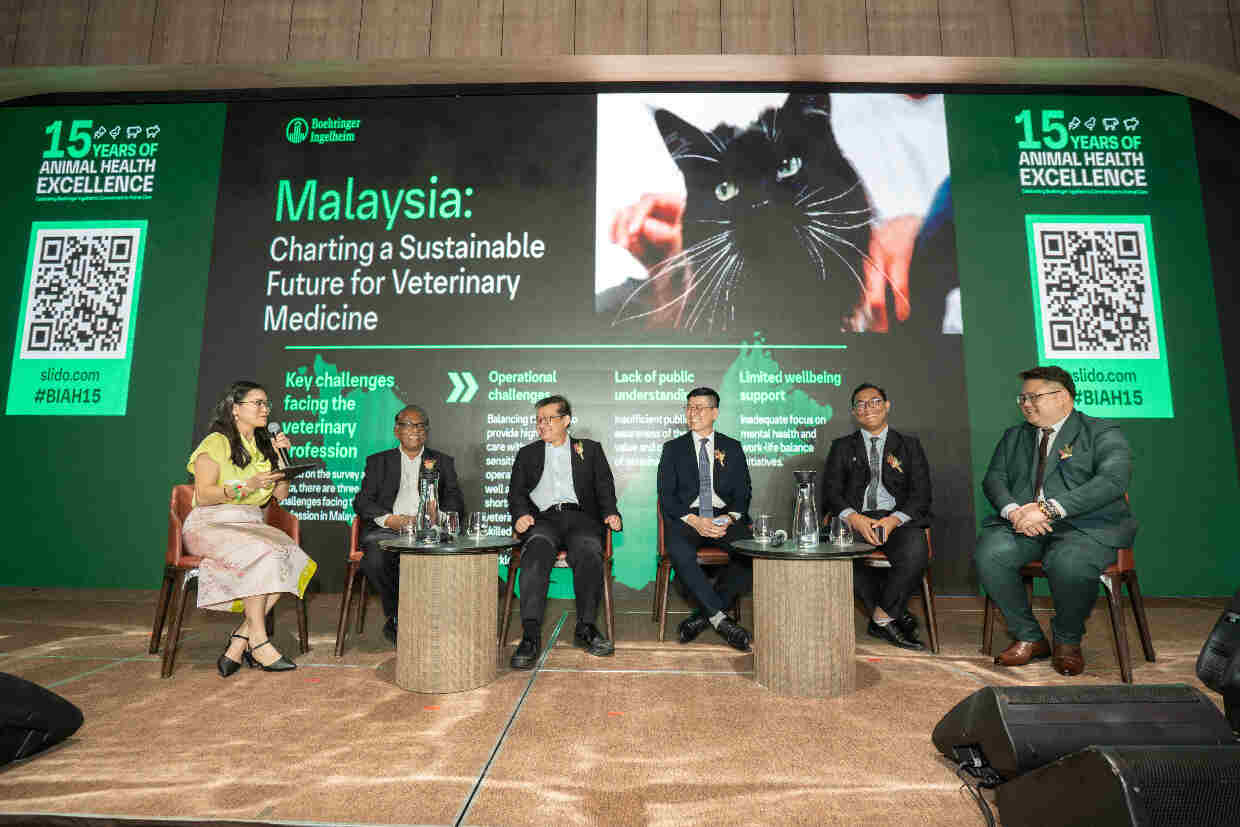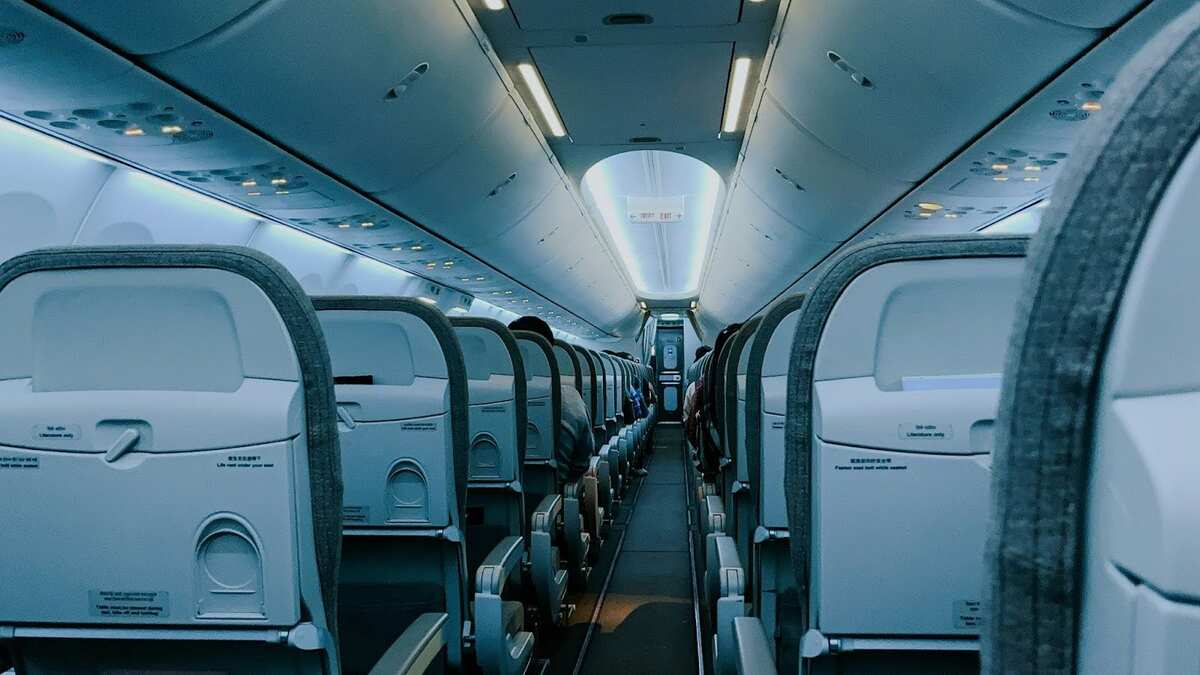Communal and sectarian violence erupted in the Western Rakhine State in Myanmar following the rape and killing of an ethnic Buddhist Arakine girl by 3 Rohingya Muslims on 28th May 2012.
Myanmar President Thein Sein, immediately declared a state of emergency and pleaded for an end to the “endless anarchic vengeance”. UN Envoy, Vijay Nambiar who just returned from a 5 day visit to Arakine emphasised the need to move away from such kind of ethnic stereotypes and characterisation.
These are very trying times for Myanmar which is embarking on unprecedented democratic reforms since the military takeover 50 years ago. The military government has always claimed that religious intolerance and discrimination is non existent in Myanmar.
However, international human rights group like the Amnesty International, Christian Solidarity Worldwide and the US State Department have over the years condemned Myanmar for such violations particularly against the ethnic minorities and the stateless Rohingya Muslims in Rhakine.
The history of Buddhism in Myanmar extends to Lord Buddha’s time some 2500 years ago and almost 89% of the country’s population are Buddhists. To the extent that the country is not plunged into religious violence today is testimony of the tolerant and non violence sense and sensibility of the Myanmar people as a whole.
Despite the dominance of Buddhists in Myanmar, downtown Yangon paints a very different picture. Walking around the Yangon’s City Hall, it is easier to spot a mosque, a church or a kuil than a Buddhist temple here. There is even a Muslim Free Hospital with 160 beds here for the poor irrespective of their beliefs. The hospital was established in 1937.

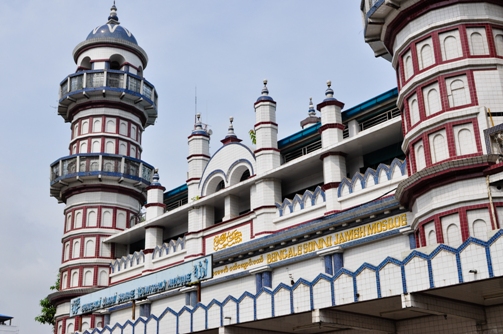
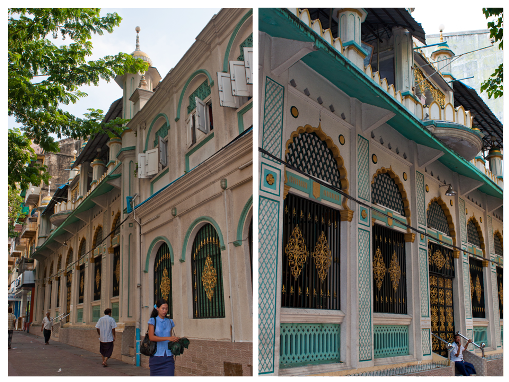

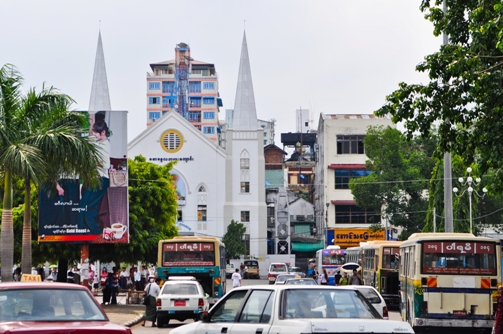
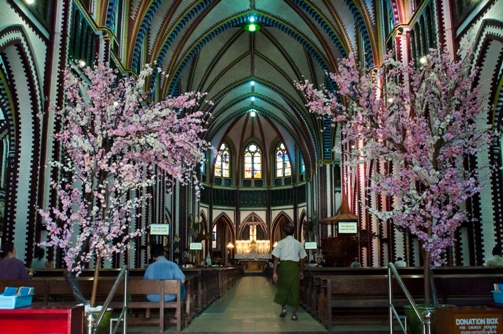

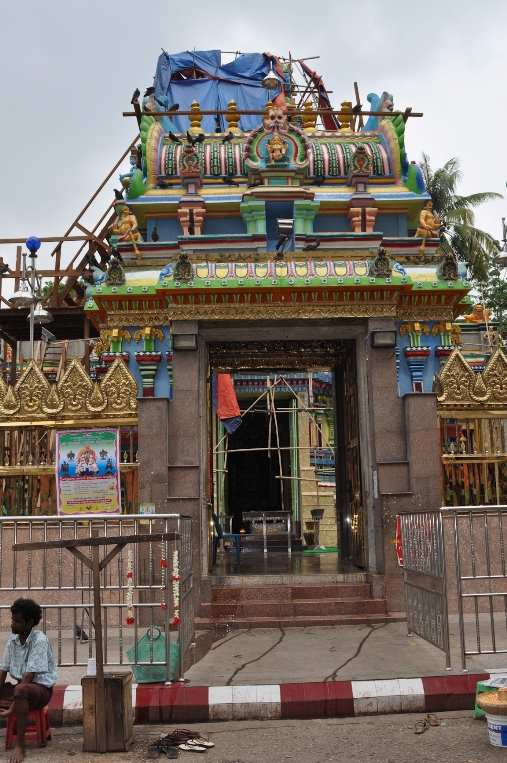


Last Sunday, in Yangon a group of young people calling themselves the Yangon Social Youths held a fund raising in aid of those who were displaced by the violence in Rhakine. Most of the youths are of Arakine, Mon and Burmese origins. They were joined by some of their Muslim and Christian friends.
There is still hope for Myanmar and this is exemplified by just walking the downtown of Yangon and the outskirts where it is easier to spot a mosque, a kuil and a church than a Buddhist temple.






